Submitted Review
Tom O'Hern ‘After the Future’
‘I recognise a deep connection to Tasmania’s native animals and pockets of untamed wilderness.’
In the artist statement for After the Future, Hobart-based artist Tom O’Hern relates the humanoid figures in his work to “new hieroglyphs and ancient emojis.” He describes his paintings as “pictograms meant to warn of some toxic waste buried in the ground a zillion years ago.” Looking at his exhibition After the Future as a whole, it is easy to see this connection in the strange, visual language that flows across each image.
The majority of After the Future contains large-scale paintings on canvas. Conceptualised during a residency at Claremont College in southern Tasmania, the paintings in After the Future possess crowds of diminutive, mutated beings erupting across the surface in plague-like proportions. Reminiscent of the Renaissance mish mash of hellish characters one might see in a Hieronymus Bosch triptych or a modern-day Cartoon Network series like Adventure Time, each of O’Hern’s figures sprout additional limbs, spikes and faces. Shrouded in backgrounds of black paint, O’Hern’s figures exist in a palette of orange, yellow and white, bringing to mind apocalyptic scenes filled with boiling lava and scorching fire. The message from the future is angry, sweaty and kind of cute.
In addition to these large works on canvas are a series of smaller scale black and white ink drawings. A contrast to the ordered chaos of the paintings, these images are singular in subject, focusing instead on bush plants or the patterns of twisted intestine-like highways curling around grinning skulls. These works recall O’Hern’s 1000 drawings from the end of the world, 2021 recently seen in Adelaide at the Art Gallery of South Australia as a finalist in the Ramsay Art Prize. Literally made up of 1000 drawings on small squares of white paper, it visually reflected O’Hern’s prolific and obsessive way of working, a process that is also clearly evident in the works of After the Future.
Most commonly seen in outdoor locations across Tasmania, O’Hern’s work frequently appears on walls in alleyways, car parks and warehouse facades. Outside, O’Hern’s figures morph organically with the elements, constantly hammered and reshaped by rain, wind and sunlight. Seeing his work contained within the interior gallery context gives his visuals a sense of condensed virulence, like looking at slides of teeming bacteria beneath a microscope. O’Hern’s images might suggest elements of the future, but they also reflect our current reality, where anxiety festers in enormous proportions and confusion is super spread by media bombardment.
Harking back to his artist statement, O’Hern says the paintings in After the Future were initially intended to be landscapes but didn’t turn out that way. For me, however, they are landscapes, just not in the traditional sense. When I look at O’Hern’s images I recognise a deep connection to Tasmania’s native animals and pockets of untamed wilderness. I also recognise a deep connection to its darker elements – an abundance of roadkill, the uneasy details of suburbia and the grotty corners of slow growing urban environments. With a unique ability to capture the distinct flavour of living in Tasmania, O’Hern draws from all layers of the landscape, mining the clearly defined topsoil all the way down to the depths of the subconscious and the internal places we don’t see.
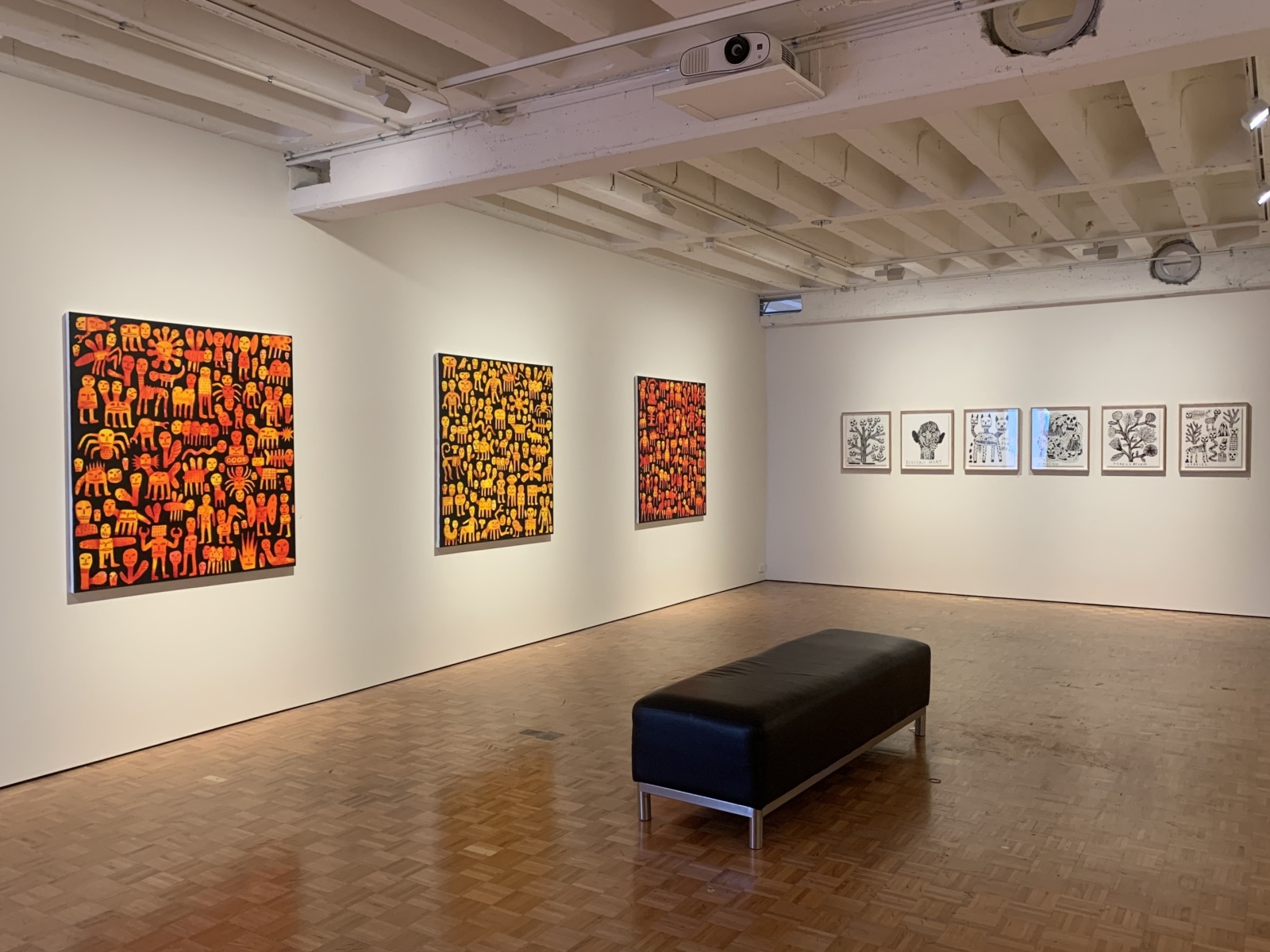
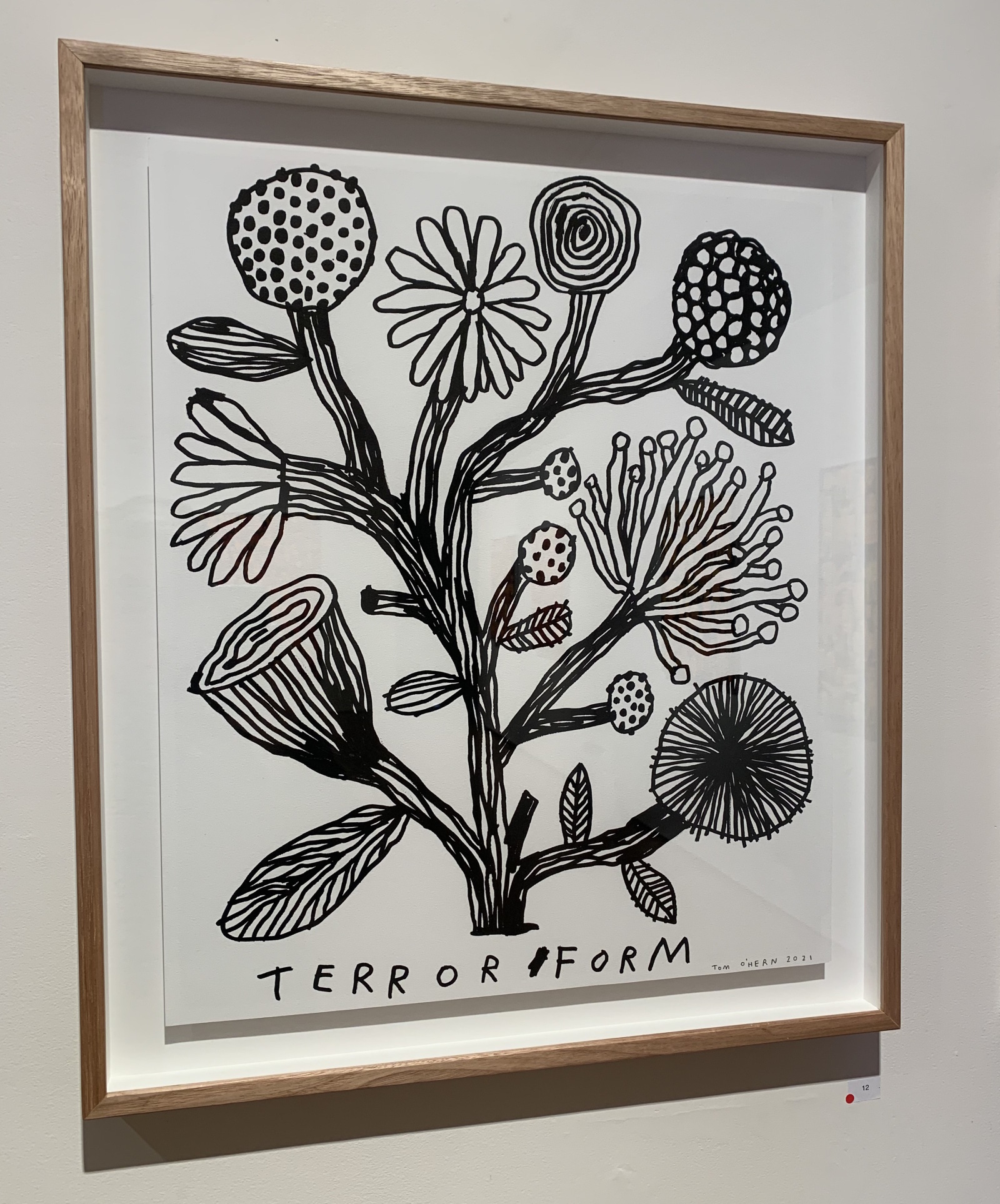
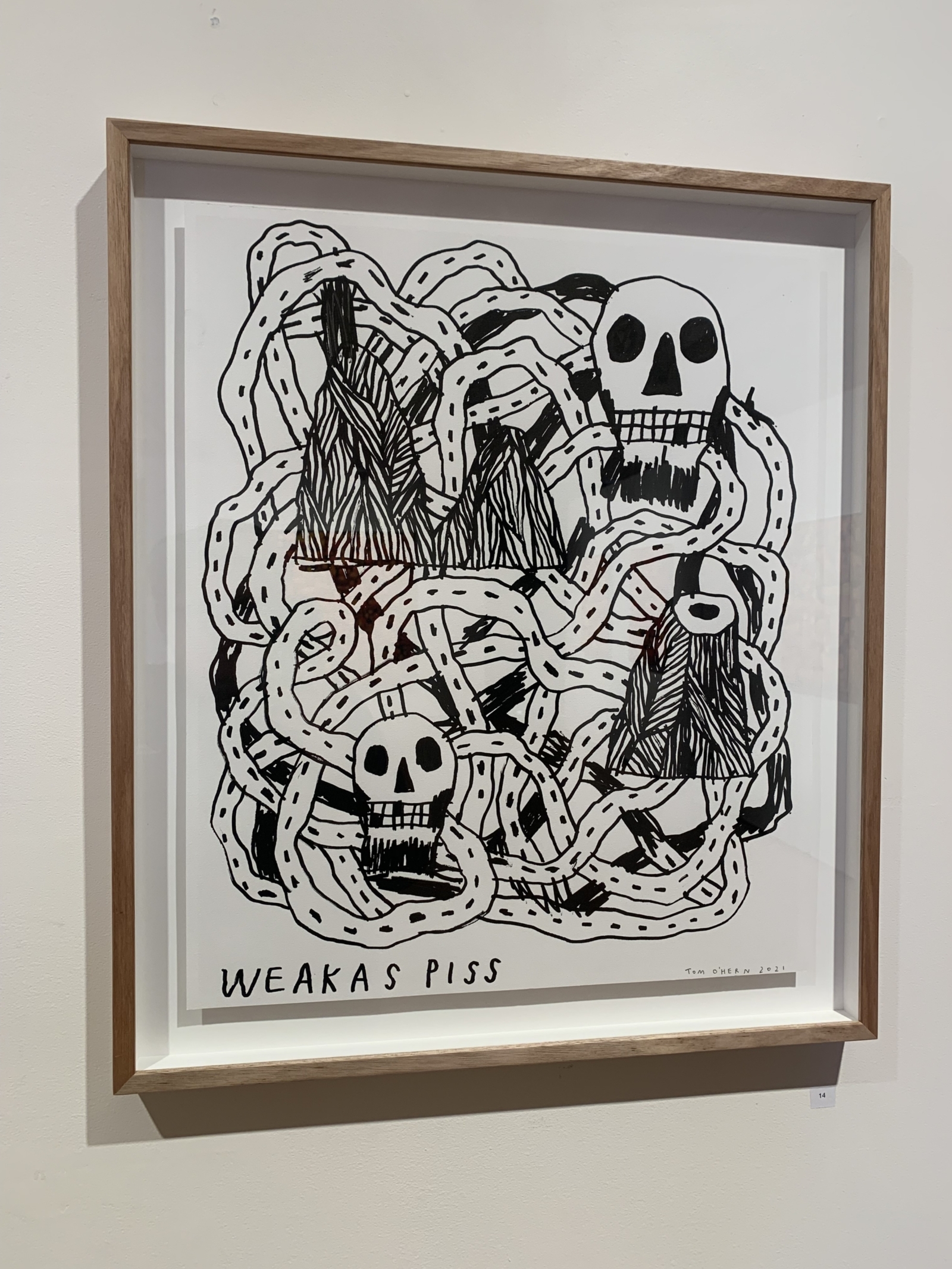
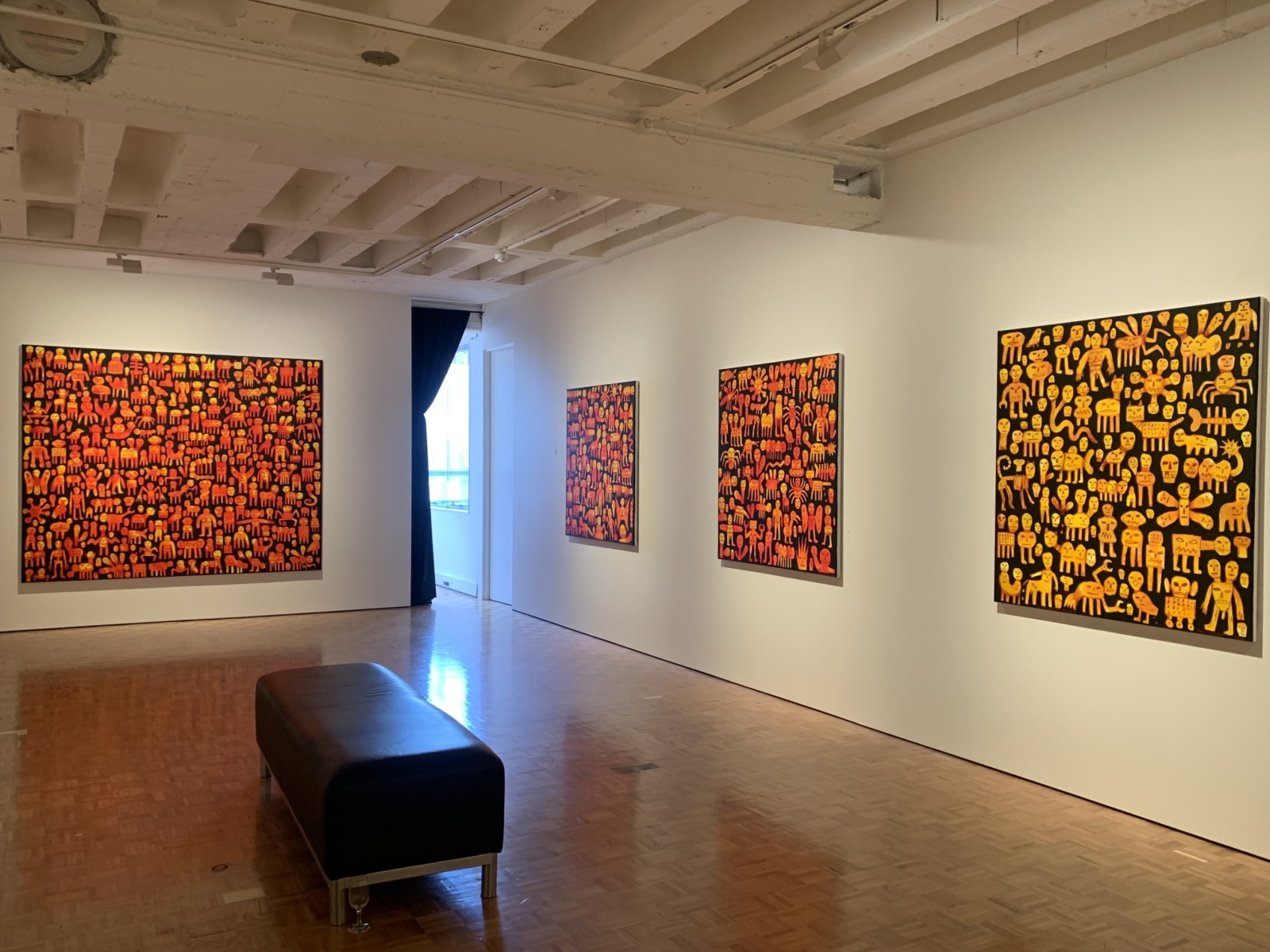
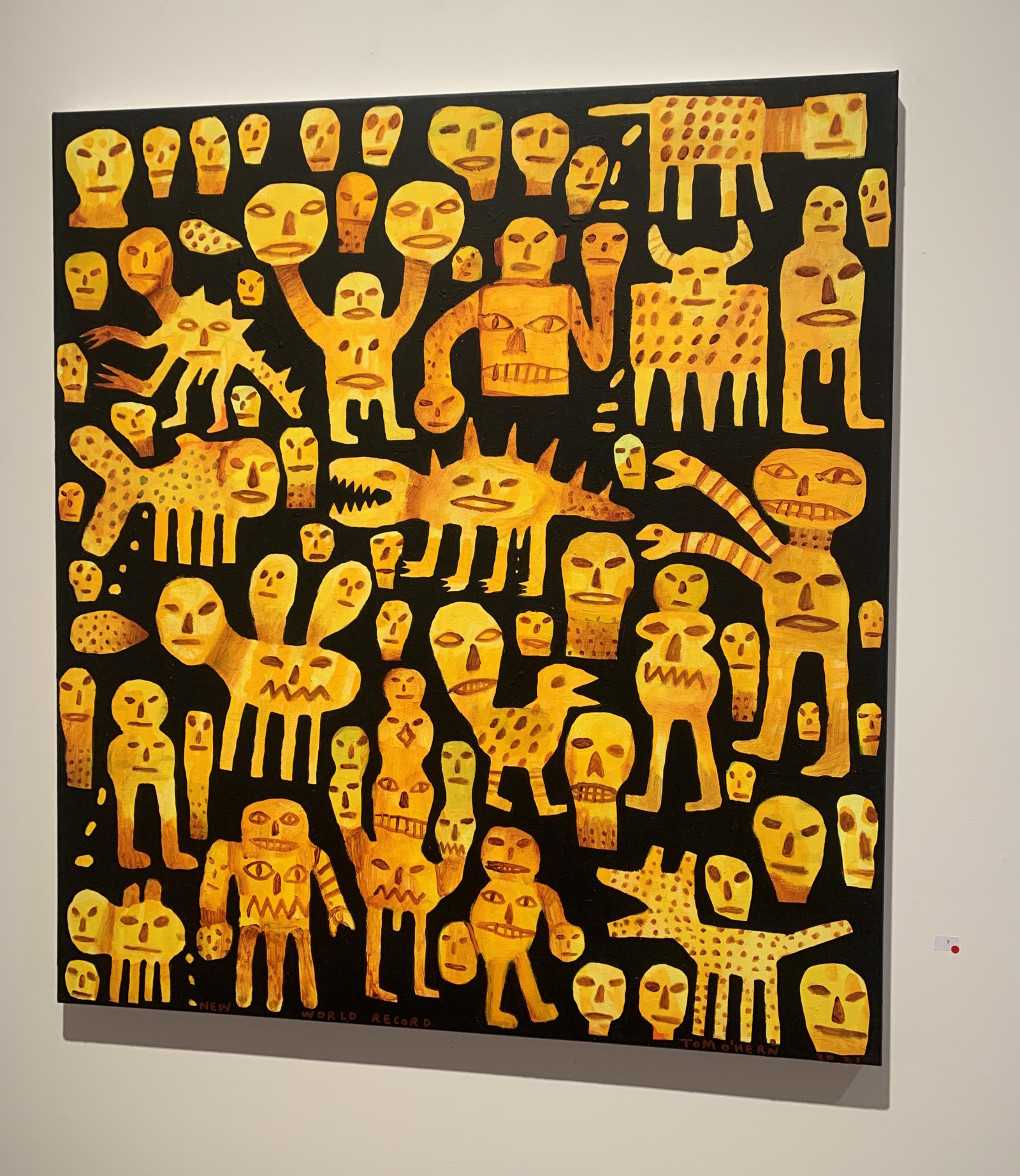
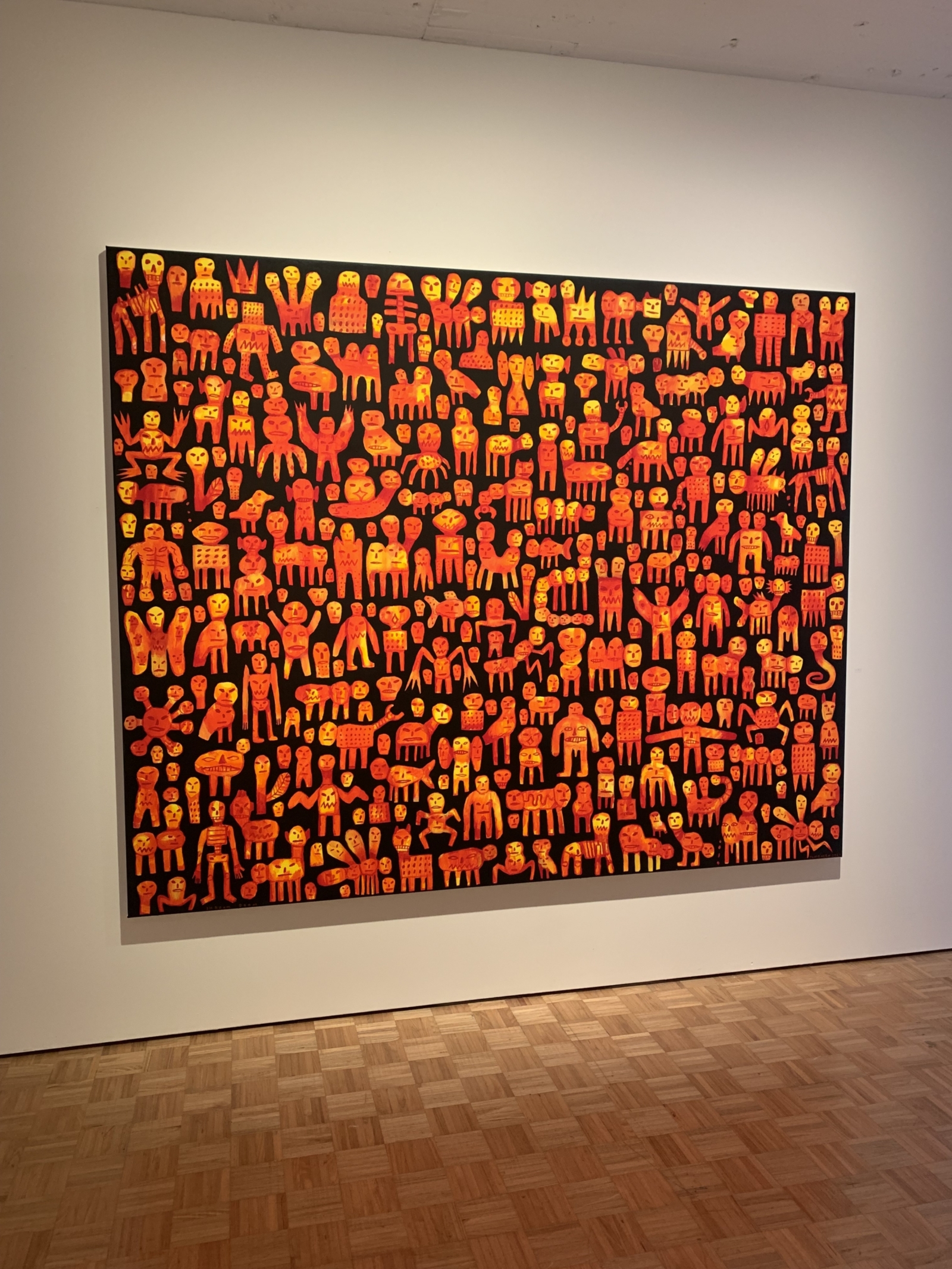
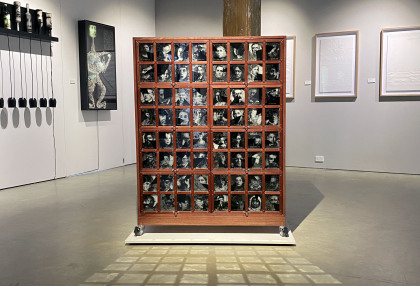
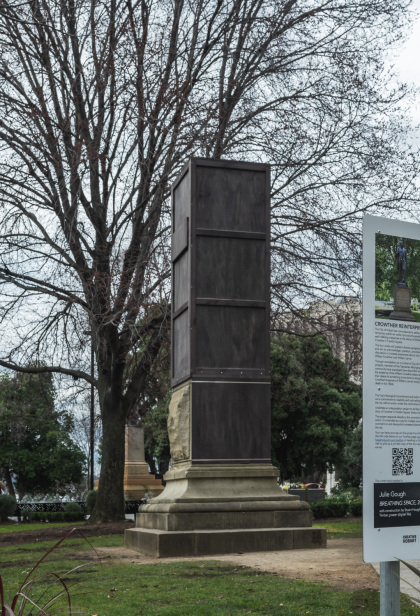
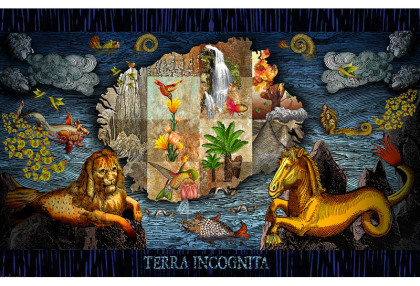
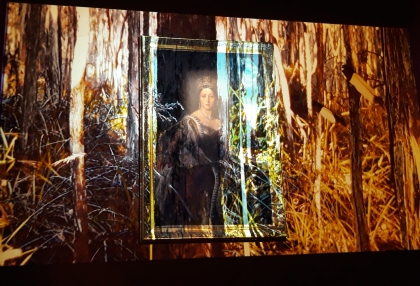
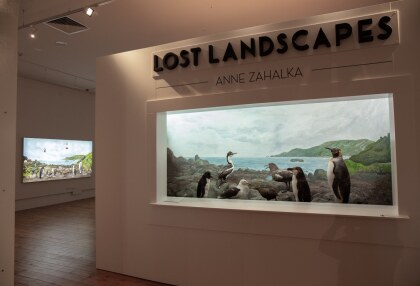
No Comments